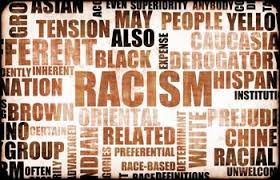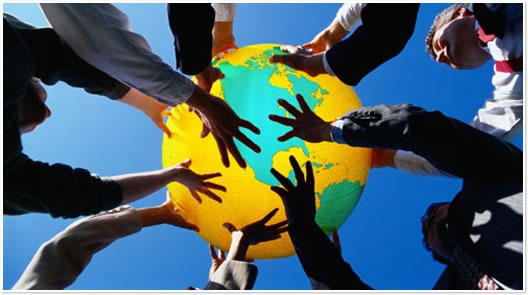There are at least three reasons many churches should be multiethnic. Last week I shared some biblical reasons for multiethnic churches. You can read that HERE. There are at least two more reasons to consider.

The biblical rationale for a multiethnic church is strong. But there are other reasons. Here are two you should consider.
1. Demographics are Shifting SIGNIFICANTLY
There are massive shifts in diversity in America. It is increasingly difficult to say there is little diversity in most places. For example, in November 2005 the National Center for Public Policy and Higher Education noted the sweeping changes in the U.S. workforce:
The U.S. workforce (generally ages 25 to 64) is in the midst of a sweeping demographic transformation. From 1980 to 2020, the white working-age population is projected to decline from 82% to 63% (see figure 1). During the same period, the minority portion of the workforce is projected to double (from 18% to 37%), and the Hispanic/Latino portion is projected to almost triple (from 6% to 17%).
While Caucasians are still a large majority, most live in areas where more than 20 percent of the population is non-White. If the church should be a reflection of the community, then most churches should reflect the increasing diversity. When possible, churches should make intentional effort to be multiethnic.
In a November 2013 WSJ article, Conor Dougherty states,
Whites will comprise less than half of the U.S. population by 2042, about eight years earlier than previously thought, according to a report to be released by the Census Bureau.”
In the same article William Frey, senior demographer at the Brookings Institution, a Washington think tank added,
We are going to become more diverse in more parts of the country and in more of the age structure sooner.
Gerardo Marti, in his case study on Mosaic Church LA A Mosaic of Believers
(Erwin McManus) says,
The United States continues to become more and more diverse in every societal sphere, bringing a new challenge of integration to both civic and religious organizations.
He goes on to cite three major demographers who suggest that by the year 2050, and some say sooner, America will have no single majority group. The changing face of most domains of society is feeling this shift. However, the majority of churches in America do not yet reflect this new reality.
Consider what McIntosh and McMahan say in their book Being the Church in a Multi-Ethnic Community ,
,
The new ethnic marketplace is forcing government, businesses, and churches to rethink how to speak the language and adopt the culture of the new multi-ethnic and multicultural reality.
The multicultural and multiethnic reality cannot be ignored.
2. Multiethnic Churches are Beautiful
When people from diverse backgrounds come together it’s beautiful! One of history’s great ethnic divide’s was and is between Jews and Gentiles. However, through the crucifixion and resurrection of Jesus that “wall of hostility” or separation has been torn down.
In Ephesians 2:14-16 says,
For he himself is our peace, who has made the two groups one and has destroyed the barrier, the dividing wall of hostility, 15 by setting aside in his flesh the law with its commands and regulations. His purpose was to create in himself one new humanity out of the two, thus making peace, 16 and in one body to reconcile both of them to God through the cross, by which he put to death their hostility.
Then the Apostle Paul paints a BEAUTIFUL picture of what happens when the two come together,
In him the whole building is joined together and rises to become a holy temple in the Lord. 22 And in him you too are being built together to become a dwelling in which God lives by his Spirit.
He goes on to say,
This mystery is that through the gospel the Gentiles are heirs together with Israel, members together of one body, and sharers together in the promise in Christ Jesus.
There is nothing more beautiful than hostile people coming together in peace and unity. Multiethnic churches have the opportunity to put the gospel of grace and peace on display. Imagine what the watching world will think when it sees diverse people walking, working, and worshiping together in unity!
QUESTION: Does your church reflect the demographics of your community? Why or why not?




